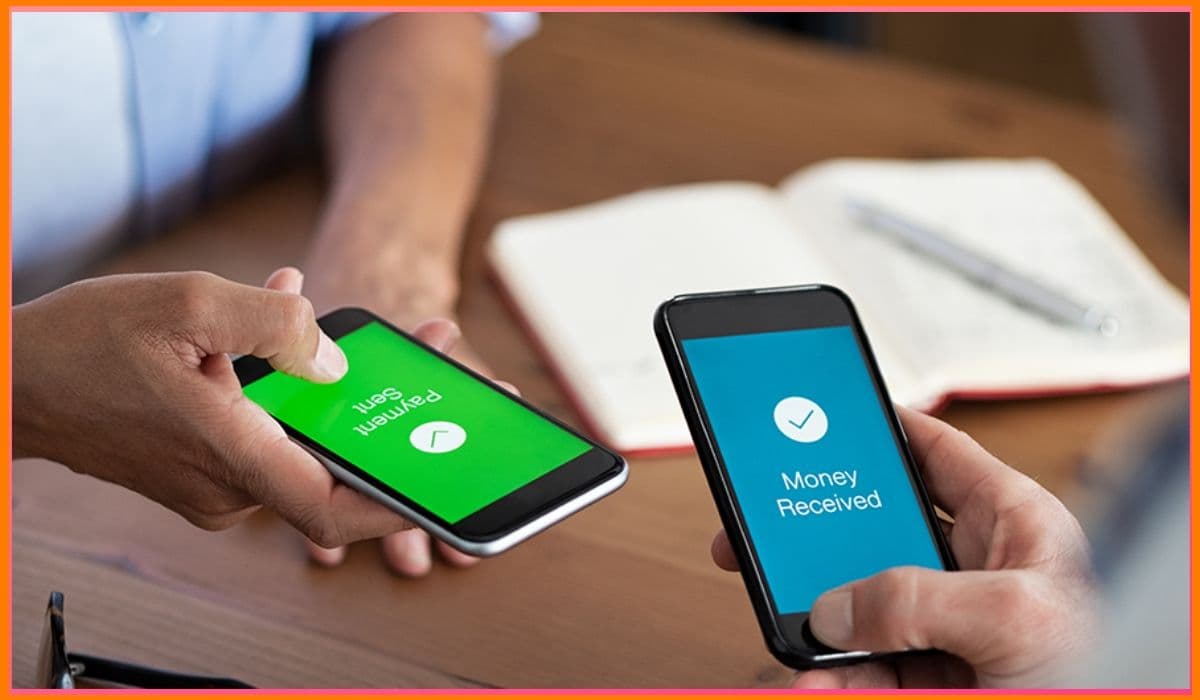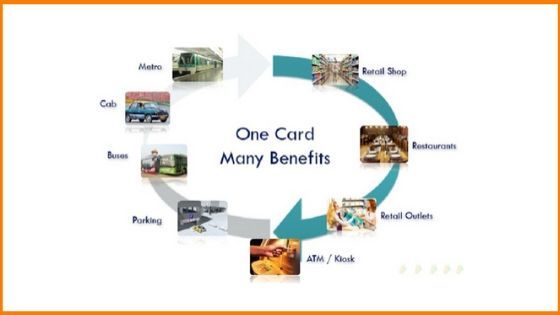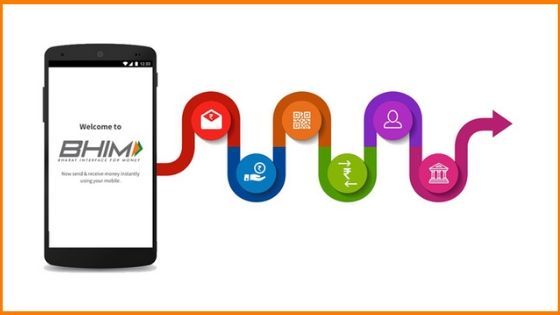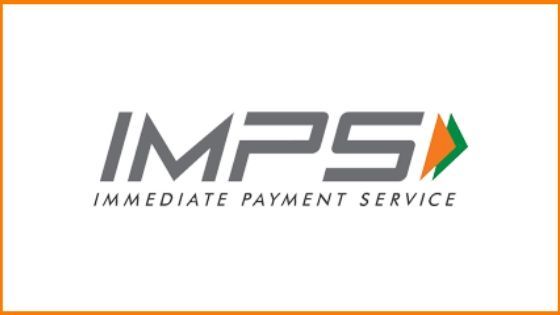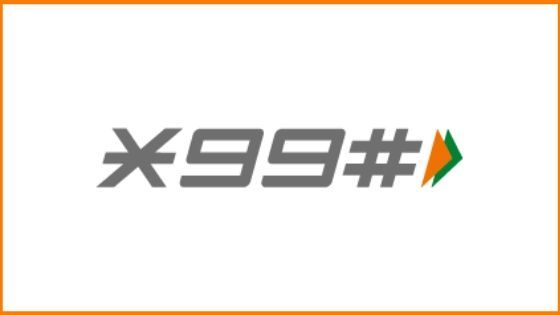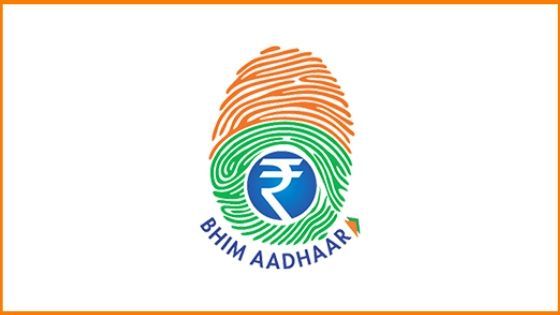The globe is slowly paving its way towards a cashless society. From invoices to cards and now to mobile wallets, this significant transformation has reduced the weight of bulky wallets. We can pay for any product, transfer money, make bill payments, and almost everything to do with money from the comfort of our home. Payment wallets in India have made online transactions of money easy and fast, with their one-tap feature and quick processing, all at one go.
What is a Mobile Wallet?
How Does A Mobile Wallet Work?
Types Of Mobile Wallets In India
Are Mobile Wallets Secure?
Top 15 Mobile Wallets In India
Advantages Of Mobile Wallets
Mobile Wallet vs Digital Wallet
Limitations Of Mobile Wallets In India
What is a Mobile Wallet?
A mobile wallet is a digital wallet that uses a bank account or credit/debit card to make payments seamlessly while securing the data of the user. They are designed to enable secured transactions with a hassle-free process, with reduced fraud. This method of online payment has proved to be more economical as compared to other physical wallets. These wallets are easily accessible as well from the play-store or app store.
India ranks 2nd highest in the Asia Pacific for digital payment adoption.
Digital payments in India are set to account for 71.7% of the total payments volume by 2025, leaving cash and cheque transactions at 28.3%, according to a report by a US-based payment systems company.
Since Demonetization hit the Indian Economy harshly, the Government promoted the use of these wallets and since then the user base of these e-wallets has been increasing significantly. Many digital wallets by the Indian Government has been given to citizens like UPI, BHIM, Aadhaar Pay and Payment Banks.
How Does A Mobile Wallet Work?
Start by downloading the mobile app of your choice onto your smartphone. Then, load the card information you want to store, from debit, and credit cards to loyalty cards and even coupons.
When you want to make a purchase with your mobile wallet, you can either:
- Choose your app and select a card at the checkout screen when you’re shopping online with your smartphone.
- Tap your phone to a digital payment-enabled terminal at participating merchants when checking out. Mobile wallets use what is called a Near-Field Communication (NFC) chip that lets you use contactless payment with a physical card.
Types Of Mobile Wallets In India
| Closed PPI | Semi-Closed PPI | Open PPI | |
|---|---|---|---|
| Definition | Issued by a company to buy goods and services only from that company; it does not permit cash withdrawals or redemptions. | Can be used to buy goods and services from merchants that have a contract with the Issuer to accept the payment instrument; it does not permit cash withdrawals or redemptions. | Allows a user to buy goods and services, withdraw cash at ATMs or banks, and transfer funds. |
| KYC Requirement | No KYC required | No As Such compulsion for KYC | KYC is Required |
| Examples | Makemytrip Wallet | Mobikwik | PayTM Payment bank |
Are Mobile Wallets Secure?
One security concern when using a mobile wallet is losing your phone or having it stolen. That’s why it’s smart to use something like two-factor authentication, which could include setting up a personal identification number or a fingerprint requirement to unlock your phone.
You can also protect your data by installing apps that will help you locate your phone if you lose it or remotely wipe the data so a thief can’t reach the sensitive information in your phone. If you see any suspicious or unauthorized charges on your account(s), it’s a good idea to immediately change your password and call your bank to let them know.
Payment Wallets in India
Top 15 Mobile Wallets In India
| S.No. | Mobile Wallet | Why Users Like It | Key Features |
|---|---|---|---|
| 1 | Paytm | Wide acceptance across merchants and services | Recharge, bill payments, UPI, wallet, shopping, FASTag |
| 2 | Google Pay | Fast UPI payments, no wallet required | Direct bank transfers, rewards, bill payments |
| 3 | BHIM Axis Pay | Simple and secure for Axis Bank customers | UPI-enabled app with direct bank linking |
| 4 | PhonePe | All-in-one UPI app with cashback and offers | UPI, recharges, bill pay, gold purchase, mutual funds |
| 5 | Mobikwik | Good for wallet-based payments and BNPL | Wallet, ZIP Pay Later, bill pay, credit card bill |
| 6 | Yono (SBI) | Trusted for SBI users with integrated banking | UPI, wallet, account services, investments |
| 7 | Citi MasterPass | Secure checkout for Citi card users | MasterPass integration, card-based payments |
| 8 | ICICI Pockets | Handy digital wallet for ICICI Bank users | UPI, virtual card, recharges, send/request money |
| 9 | HDFC PayZapp | Linked with HDFC cards and bank accounts | Bill payments, recharges, shopping offers |
| 10 | Amazon Pay | Integrated with Amazon for fast checkouts | UPI, cashback, wallet, bill pay, shopping |
| 11 | Samsung Pay | Great for Samsung device users | Tap & pay, UPI, debit/credit card support |
| 12 | Apple Pay | Secure and convenient for Apple users | Face ID/Touch ID payments, NFC tap-to-pay |
| 13 | WhatsApp Pay | UPI payments via familiar chat interface | Simple peer-to-peer payments in chat |
| 14 | Freecharge | Basic wallet with bill pay and recharges | UPI, wallet, recharges, offers |
| 15 | Airtel Money | Useful for Airtel users and bill pay | Wallet, UPI, utility payments, insurance |
Paytm
| Mobile Wallet | Paytm |
|---|---|
| Founded | 2010 |
| Total Downloads | 500M+ (on Google Play Store) |

Paytm is one of the largest online commerce platforms in India offering its customers a mobile wallet to store money and make quick transactions. It is considered by many the best mobile app in India. Paytm was launched in 2010 and basically works on a semi-closed model. Users can load money and make payments to merchants. E-Commerce is an added benefit of it, but despite that, you can make bill payments, transfer money, and avail yourself of services of entertainment, travel, and cashback. Payments through Paytm are accepted almost everywhere.
Google Pay
| Mobile Wallet | Google Pay |
|---|---|
| Founded | 2017 (India launch) |
| Total Downloads | 1B+ (on Google Play Store) |

It was formerly known as Tez and for obvious reasons, it gained its user base really quick, in spite of being a late entrant in the mobile wallet industry. It is the best online payment app or best money transfer app with cashback. Google Pay works with your existing bank account, which already means that your money is safe with the bank and no issues with recharging your wallet every month. Send or receive money from your friend directly to your bank account. There is also no such issue regarding KYC making it all the more popular.

BHIM Axis Pay
| Mobile Wallet | BHIM Axis Pay |
|---|---|
| Founded | 2016 (as part of UPI launch) |
| Total Downloads | 10M+ (on Google Play Store) |

BHIM (Bharat Interface for Money) is another best mobile wallet in India. It is a mobile wallet app developed by the National Payments Corporation of India (NPCI), based on the Unified Payment Interface (UPI). Launched in December 2016, it is intended to facilitate e-payments directly through banks. Users register their bank account with BHIM and set a UPI PIN for the bank account. It can be used by both Axis Bank users as well as other bank users. The Mobile Number is then the permanent address and they can start transacting. User can pay their friends, family and merchants with the tap of a button.
PhonePe
| Mobile Wallet | PhonePe |
|---|---|
| Founded | 2015 |
| Total Downloads | 500M+ (on Google Play Store) |

PhonePe was launched in 2015 and is now a part of Flipkart. From UPI Payments to mobile recharges, and money transfers to online bill payments, this can be done easily on PhonePe. With a good user interface, PhonePe has offered the safest and fastest online transaction experience in India.
Mobikwik
| Mobile Wallet | Mobikwik |
|---|---|
| Founded | 2009 |
| Total Downloads | 50M+ (on Google Play Store) |

Mobikwik was launched in 2009 with its key proposition in Recharge and Bill payments. Mobikwik is one of the independent mobile payment networks that has a user base of 32 million. This e-wallet lets its users add money using debit cards, credit cards, net banking, and even doorstep cash services. One of the unique features Mobikwik has offered its users is ‘expense tracker’, basically which allows users to set a budget for expenses via SMS data to analyze and control the expenditure.

Yono (SBI)
| Mobile Wallet | YONO (SBI) |
|---|---|
| Founded | 2017 |
| Total Downloads | 100M+ (on Google Play Store) |

This application was launched by the State Bank of India to let users transfer money to other users, pay bills, recharge, book tickets, shop, and travel. This is one of the top mobile wallets in India and has offered its mobile wallet services in 13 languages the best part is, that it is also available to non-SBI customers. It taps into the special feature where-in it allows its users to set reminders for dues, and money transfers, and view mini-statement for the transactions done already.
the first woman to be the chairperson of the nation’s largest bank SBI. Under
her leadership, SBI grew its network to around 17,000 branches and services over
330 million customers with a presence in 36 countries. She e…

Citi MasterPass
| Mobile Wallet | Citi MasterPass |
|---|---|
| Founded | 2013 (India launch by Citi) |
| Total Downloads | Not publicly listed separately |

Citi MasterPass was launched recently by Citi Bank India and MasterCard. This is one of India’s first global outreach in terms of digital wallets for faster and more secure shopping. Citi Bank debit and Master card customers become the first in this country to shop at more than 250,000 e-commerce merchants. It has ensured fast checkout with a single tap and stores all credit, debit, prepaid, and shipping details.
ICICI Pockets
| Mobile Wallet | ICICI Pockets (ICICI Bank) |
|---|---|
| Founded | 2016 |
| Total Downloads | 5 M+ (on Google Play Store) |

It’s one of the best mobile wallets in India. It has provided the convenience of using any bank account in India to fund your mobile wallet and pay for transactions. It basically uses a virtual VISA card that enables its users to transact on any website or mobile application in India and provides exclusive deals or packages from associated brands.
HDFC PayZapp
| Mobile Wallet | HDFC PayZapp |
|---|---|
| Founded | June 2015 |
| Total Downloads | 10M+ (on Google Play Store) |

PayZapp is a complete payment solution by HDFC Bank which has a one-tap feature for easy payment. Not only does it let you recharge your phone or send money but also your DTH and data cards, pay utility bills, and compare and book flight tickets, trains, hotels and shops.
Amazon Pay
| Mobile Wallet | Amazon Pay |
|---|---|
| Founded | 2007 (Global), 2011 (India) |
| Total Downloads | 500M+ (on Google Play Store) |

Owned by Amazon, this online payment processing service was launched in 2017 in India (globally- 2007). Amazon Pay has focused its customers more on Amazon and so it gives its users the option to pay with their Amazon accounts on external merchant websites, including apps like BigBazaar etc. With Amazon Pay, you get to shop on Amazon with a number of cashback and discounts with fast shipping services. Recently, Amazon Pay got tied up with fintech companies, such as Zest Money to enable no-cost EMI payment options. The application has also made it easier for buyers to buy products on Amazon and pay later via affordable monthly instalments.
Samsung Pay
| Mobile Wallet | Samsung Pay |
|---|---|
| Founded | August 20, 2015 |
| Total Downloads | 100M+ (on Google Play Store) |

Samsung Pay is a digital wallet service owned by Samsung, it was launched on the year 2015. It is considered one of the best payment processing services for contactless payments. Samsung is accepted in almost every store, wherever credit and debit cards can be used it also offers Cashback. With the help of Samsung pay, the transaction between merchants and payers are possible without the exchange of bank and card information. Samsung Pay accepts all kinds of card readers like magnetic stripes, EMV and others,
Apple Pay
| Mobile Wallet | Apple Pay |
|---|---|
| Founded | October 20, 2014 |
| Total Downloads | Not publicly disclosed |
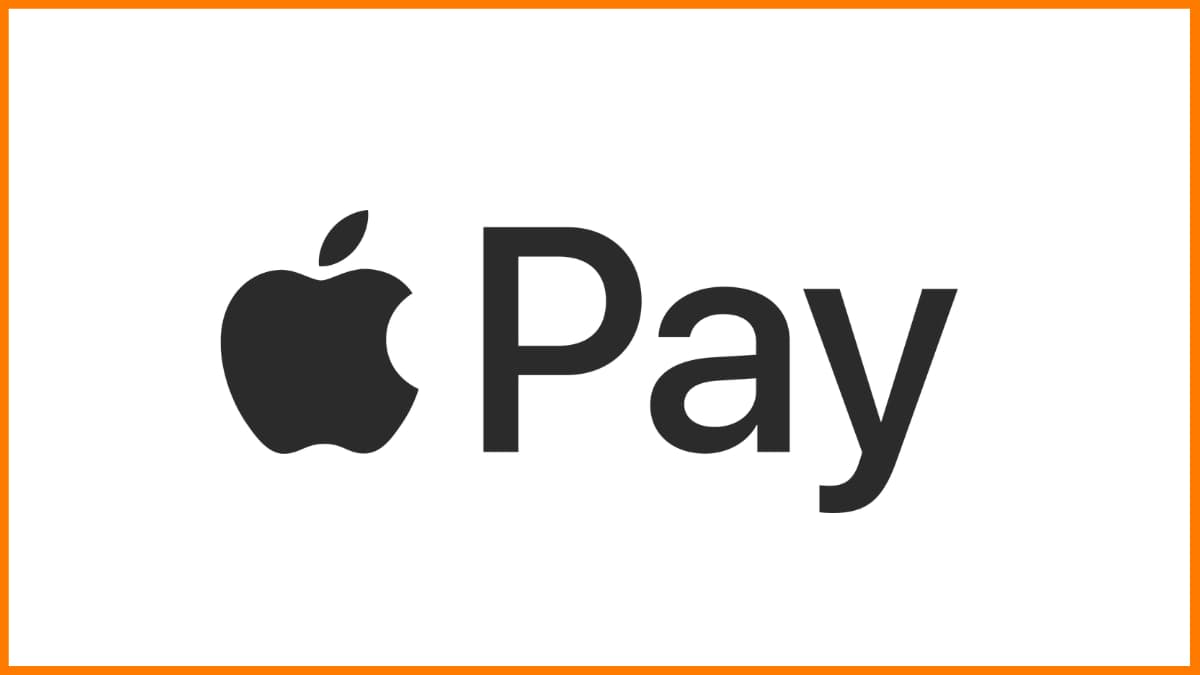
Owned by Apple Inc., Apple Pay is a digital wallet service, which was launched in the year 2014. Major credit and debit cards are supported in Apple Pay, it also provides extreme security through touch and face id. Anyone owning an apple device can use Apple Pay on them for making payments. The card information is kept confidential while making payments. Apple Pay currently is available in more than 60 countries.
WhatsApp Pay
| Mobile Wallet | WhatsApp Pay |
|---|---|
| Founded | February 2018 (India pilot) |
| Total Downloads | Over 1 billion (WhatsApp Messenger) |

Launched in the year 2018, WhatsApp launched the chat payment service to allow users to complete any kind of transaction through WhatsApp. The secure way of the transaction enables people to make payments easy just like sending a message on WhatsApp. WhatsApp Pay has also been providing some great features like Cashback to attract more customers. This UPI-based payment service provides the option of sending and receiving money.
Freecharge
| Mobile Wallet | Freecharge |
|---|---|
| Founded | August 2010 |
| Total Downloads | 50M+ (on Google Play Store) |

Freecharge is a wallet app that is easy and fast to use for payments. You can recharge your phone, pay bills, and send money to friends. It also works with UPI payments and is popular for online shopping.
Freecharge gives good cashback offers and discounts, which users like. It lets you split bills, so sharing expenses with friends or family is simple. Many stores accept Freecharge for payments both online and in shops.
Airtel Money
| Mobile Wallet | Airtel Money |
|---|---|
| Founded | 2012 (initial launch) |
| Total Downloads | 50M+ (on Google Play Store) |

Airtel Payments Bank Wallet is a special service that mixes a mobile wallet with digital banking. You can pay bills, recharge your phone, or send money using UPI. It gives you more interest on your balance than regular savings accounts.
The wallet works well with Airtel services and gives special discounts to Airtel users. You can also withdraw cash from ATMs without a card, using QR codes. It is safe and trusted for your digital banking needs.

Advantages Of Mobile Wallets
Mobile wallets got popular due to the advantages it offers. Here are listed some of the advantages of using mobile wallets in India
1. One-Click Pay
This is one of the most convenient ways to make payments since the user can pay via such wallets. The mobile wallet takes the information from your card (credit/debit) and makes payments directly or adds money to your wallet. This has offered easy accessibility to users.
2. Multiple Features and Uses
With easy accessibility, it can be used anytime, anywhere. These mobile wallets can be used in a jiffy, it’s just that you need a proper internet connection for your device. Also, your single mobile wallet account can be accessed on any of your devices like laptops, PC, or smartphones with authenticated verification.
3. Robust Security Features
Mobile wallets have tried hard to provide extensive safety and security. Almost more than half of the population has shifted from leather wallets to e-wallets for the protection of their money. Mobile wallets have also reduced the chance of daily theft or losing cash.
4. Several Benefits
They come up with several other benefits like loyalty programs, cashback, rewards, shopping benefits, and many more so that their customers stay happy. Simultaneously, users can also save money through heavy discounts and offers.

Mobile Wallet vs Digital Wallet
| Mobile Wallet | Digital Wallet | |
|---|---|---|
| Definition | Mobile wallets are payment apps housed on mobile devices, like smartphones and wearables. | Consumers using digital wallets, may or may not interact with them on their smartphones. |
| Uses | Consumers mostly use a mobile wallet for in-person transactions. | Consumers mostly use a digital wallet for online shopping or purchases. |
| Examples | Some of the most popular mobile wallets are Apple pay, Samsung pay, etc. | Some of the most popular digital wallets are Paytm, Paypal, etc. |
Limitations Of Mobile Wallets In India
Besides the advantages Mobile wallets in India offer in the payment service industry, it has some limitations which are listed below.
- A limit is set on the amount that you can deposit in your mobile wallet. For instance, Paytm allows the amount of ₹20,000 in its wallet.
- The number of merchants listed or having a tie-up with these wallets is limited. In that case, you would always need to carry some cash in urgency.
- Sometimes, Infrastructure issues stand for a lot of lost transactions or common ‘server down’ problems.
- Few times, some fraud calls can also cause a possibility of a mobile theft where your personal information is compromised.
- One of the major concerns is that a person needs a smartphone to make online transactions possible and that too, with good internet connectivity. This alone has stood a major limit to many poor families, who still carry cash in their pockets.
More than 40% of respondents used a smartphone in India.
While these large numbers and large user bases indicate the growing need for secure, faster, and efficient transaction methods for the online marketplace. Regardless of what we’ve seen and read, top e-wallets in India have outweighed its concerns. The use of e-wallets has constantly increased due to obvious reasons and its surprising offers. Mobile wallets continue to gain prominence in smartphones and laptops across the globe and have dominated the discussions of new ways to pay.
payment. Now, when you ought to make things easier for the consumer, it becomes
imperative to make it easier for the service providers as well. Following the
same thought, Sampad Swain, Akash Gehani and Aditya Sengupta …

FAQs
What is a digital wallet and how does it work?
A digital wallet sometimes called an e-wallet, is a service that allows you to pay for things, usually through a mobile phone app. It also stores a number of other items a traditional wallet would hold, such as a driver’s license, gift cards, tickets for entertainment events, and transportation passes.
What is a digital wallet used for?
A digital wallet (or e-wallet) is a software-based system that securely stores users’ payment information and passwords for numerous payment methods and websites. By using a digital wallet, users can complete purchases easily and quickly with near-field communications technology.
Which is better PhonePe or Google pay or Paytm?
Experts suggest that all three digital transaction apps, more or less, are equally secure. While Google’s brand image definitely does some good to Google Pay. Paytm, and PhonePe continue to be easy picks for others due to their many features.
How to get PhonePe cashback?
Steps to get PhonePe cashback:
- Download PhonePe App.
- Do the needful for PhonePe Login / Signup.
- Set Your Virtual Payment Address (VPA)
- Click On Bank Accounts From Menu &Link Your Bank Account.
- Recharge Your Mobile.
Which Mobile wallet has highest market share in India?
Paytm has the largest market share in India followed by PhonePe and GooglePay.
What is the difference between Paytm vs PhonePe?
Paytm Allows transactions across multiple modes like wallets, UPI, and payment gateway. PhonePe has started its wallet service but it is widely used for its UPI-based transaction which doesn’t charge you for any transaction.
Which wallet app is best in India or write a few Mobile wallet examples?
The best mobile wallets in India are:
- Paytm
- Google Pay
- BHIM Axis Pay
- PhonePe
- Mobikwik
- Yono (SBI)
- Citi MasterPass
- ICICI Pockets
- HDFC PayZapp
- Amazon Pay



